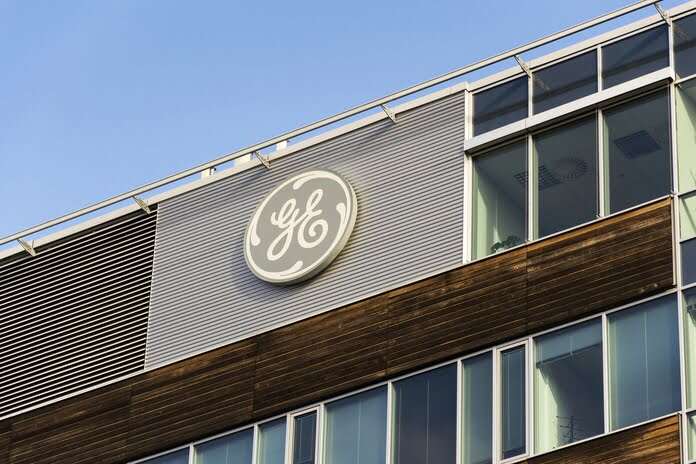General Electric (NYSE:GE)
On Tuesday, General Electric (NYSE:GE) held an investor day at the Paris Air Show, where company executives updated guests on how new aircraft orders bode well for GE’s financial outlook. According to Goldman Sachs, GE’s projected jet engine shipments bode well for the company’s installed base, which forms the basis for MRO activities. As a result, GE stock surged.
Until 2025, GE expects its original equipment deliveries to increase at a compound annual growth rate of 20% and 30%. The business said that in the last 12 months, it has received orders for 2,000 jet engines, bringing the total number of engines on order to over 12,000.
Goldman Sachs analyst Noah Poponak said on June 21 that this “gives further confidence in the company’s estimated positive mid-single-digit CAGR for their installed base from 2022 to 2030.”
Compared to the 16% increase in the Standard & Poor’s 500 stock index (SP500), GE’s stock price has more than doubled over the last year.
In its investor day presentation, GE said that the revival of air travel after lifting pandemic lockdowns supported demand. Narrowbody aviation traffic is at roughly 98% of 2019 levels, the final year before the global health crisis prompted bans on air travel, according to figures given by the business. From its present level of about 90% of pre-pandemic levels, widebody traffic is expected to fully return late this year or early next year.
GE predicted that narrowbody-jet engines like the CFM56 and Leading Edge Aviation Propulsion (LEAP) would provide around 50% of its services income this year. In contrast, widebody engines like the GE90, CF6, GEnx, and GP7200 would contribute roughly 40%. Regional and other aircraft not powered by the CF34 will contribute to the service industry’s bottom line.
GE LEAP engines are expected to begin receiving internal shop inspections this year and increase to over 300 by 2025.
According to Goldman Sachs, “importantly, while it remains early innings, management highlighted the LEAP performance has been better than the CFM56 at a comparable stage of the engine lifecycle.” Overall, the business reaffirmed its confidence that it will turn a profit on its original equipment and software development initiatives by 2025.
Featured Image: Megapixl © Josefkubes









